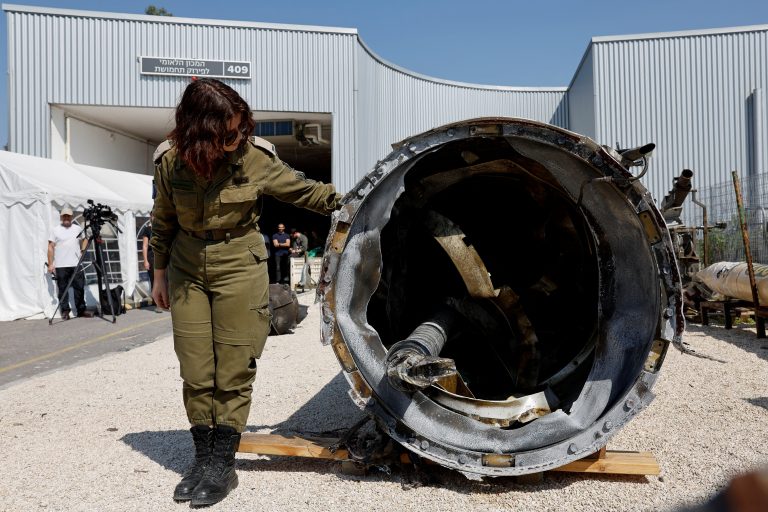The satellite launch servicing sector has a new player in the field—Virgin Orbit. On Wednesday, June 30, Virgin Orbit successfully launched a payload of seven satellites on its first commercial mission.
Just before 7 a.m. PDT, a modified Boeing 747 nicknamed “Cosmic Girl” took off from the Mojave Air and Spaceport in Southern California. An hour later, the 70-foot-long two-stage rocket LauncherOne blasted off together with the payload from under the left-wing of the 747 above the Pacific Ocean. The rocket shot up to space at speeds of 17,000 miles per hour.
Once the rocket reached space, it performed a spinning maneuver, which Virgin Orbit calls a “BBQ roll.” It ensures uniform heat exposure prior to the payload getting released into orbit.
The payload included the Netherlands’ first-ever military satellite, four CubeSats from the Defense Department’s Rapid Agile Launch initiative, and two imaging satellites for SatRevolution, a Polish startup. The SatRevolution consignment is the first two of a 14-spacecraft constellation.
Virgin Orbit had successfully carried out a demo mission this past January with LauncherOne reaching orbit for the first time. Following the success of this maiden commercial mission, the company plans to step up the pace and frequency of its missions.
Success
You are now signed up for our newsletter
Success
Check your email to complete sign up
The mission’s name “Tubular Bells, Pt 1” was inspired by the Mike Oldfield record. It motivated Richard Branson, the founder of the Virgin group, to start Virgin Records in 1973. Branson then went on to establish companies in various business sectors like tech, hospitality, and space launch services under the umbrella of the Virgin Group.
In 2004, Branson founded Virgin Galactic, a company focused on suborbital space services. In 2017, Virgin Orbit was established. Virgin Orbit has proved its viability, launching smaller space crafts into orbit within a comparatively shorter notice period utilizing launching platforms that are significantly more flexible and cheaper. This is primarily due to the fact that LauncherOne takes off horizontally from just about any airport in the world with a standard runway.
According to the official website, the rocket has an all-carbon composite design that includes linerless tanks; it works through a two-stage engine propulsion system. The first stage engine, NewtonThree, is programmed to execute a three-min run time and has a typical maximum speed of 8,000 mph.
The second stage engine, NewtonFour, is designed for a six-minute run time that can be used over multiple burns. It can reach a typical maximum speed of 17,500 mph. The rocket can carry a payload of 300 to 500 kilograms (660 to 1100 pounds).
Virgin Orbit CEO Dan Hart stated that there would be at least one more mission this year following the Tubular Bells mission. He indicated that 2022 would see a comparatively busier schedule than the current year.
“Now it’s a matter of just continuing to ramp up and moving rockets through integration,” Hart said, as reported by Verge. He also said that Virgin Orbit had signed “quite a few” launch deals following its test flight in January.
Among Virgin Orbit’s competitors, Rocket Lab is the only other company to have achieved the feat of putting lightweight rockets developed in-house in orbit.















